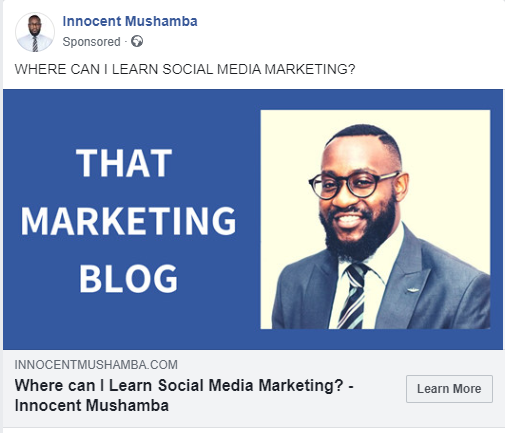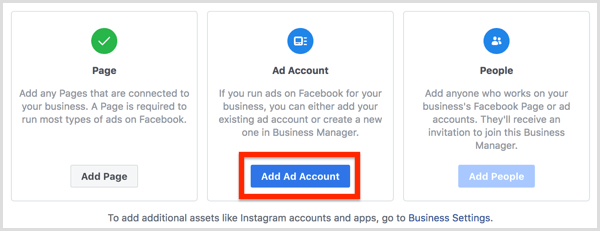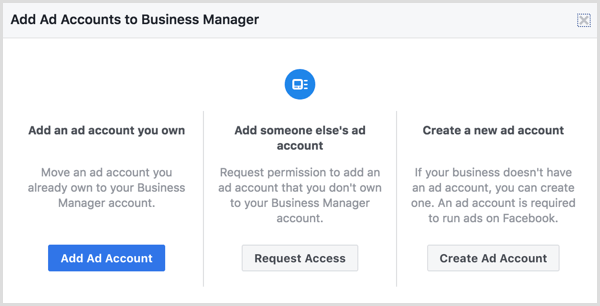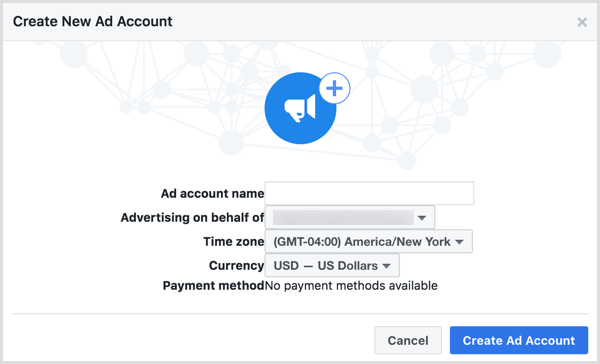FACEBOOK ADS VS BOOSTING: WHAT’S THE DIFFERENCE?
Here’s how to fail a social media marketing job interview…
Hiring Manager: Have you done Facebook ads before?
You: Yes, I boosted most of the content on all the pages I’ve managed.
Hiring Manager: 🤦♀️ I meant actual Facebook ad campaigns not just boosting.
There’s a difference, and that’s important. For entrepreneurs, Facebook ads are a make or break platform for reaching your customers. The Facebook ads manager is by far the best ad product since Google Adwords was released. Should entrepreneurs just boost posts to reach more people online or is there a better way, and what can we do about it?
WHAT IS BOOSTING?
Boosting is primarily done on a post within your timeline. It is basically a way to sponsor your content so it has a greater reach for your desired audience.
You see it when you log into your account. To your right. Under “Recent Posts” for pages you manage, or when you open your Facebook page. There’ a big blue “Boost” button to your bottom right:

Boosting has 3 objectives:
- Link Clicks: driving traffic to wherever the link leads to.
- Post engagements: getting more likes and comments
- Messages: chats and connections
Boosting allows your regular post to appear in ad format, as a sponsored post:

WHAT ARE FACEBOOK ADS?
Facebook Ads are auction-based media, which can be placed within mobile and desktop applications. They began in 2004 as simple banner types (Facebook called them flyers) which were found on the Facebook homepage. Today we have a dynamic ads manager available.
Facebook ads are created using the Facebook Ads Manager and are designed to facilitate awareness, consideration and conversions.
While boosting only has 3 generic objectives, Facebook Ads have 11 specific, hyper-targeted objectives:
- Brand Awareness: niches down to people who are more likely to be interested in your ad
- Reach: makes sure a maximum number of unique viewers see your ad
- Traffic: web users visiting your website or landing page
- Engagement: audience engagements fall into three categories. The first is Page Likes, i.e. promoting page likes. The second is Post Engagement, i.e. promoting a post you feel deserves more reactions and comments. The third is Event Responses, i.e. inviting the targeted audience to RSVP for an event you’re holding.
- App Installs: mobile app installation promotion and tracking, i.e. encouraging people to download your mobile app and keep track of how many actually do.
- Video views: there are two different types. The first is the 2-second continuous video views, i.e. view buying for a video that’s at least 3 seconds long. The second is Thruplay, i.e. you only pay for videos that have been watched from start to end, or for at least 15 seconds.
- Lead generation: collecting information for prospective clients so you can take them further through your sales funnel, i.e. contact information, email addresses etc.
- Messages: getting prospective clients into your Facebook Messenger list
- Conversions: ads that are optimized to convert prospective clients into customers, or to take specific actions which meet your chief objectives. This is mostly done using the Facebook Pixel
- Catalog sales: if you’ve set up a product catalog on your Facebook page, these ads promote the items you’re selling on Facebook.
- Store traffic: targeting the audience to visit your physical store
FACEBOOK AD FORMATS
There are 11 of them. Namely Images, Video, Collection, Carousel, Slideshow, Instant Experience, Lead Generation Ads, Offers, Post Engagement, Event Responses and Page Likes.
We’ve already introduced some of these, so let’s dig into the ones we haven’t mentioned:
- Collection: primarily for selling products, it’s composed of an image or video that has a grid with four smaller images right below it. There are four types, i.e. Instant Storefront, Instant Lookbook, Instant Customer Acquisition and Instant Storytelling.
- Carousel: up to 10 images or videos in order from left to right in a single ad, each with its own link.
- Slideshows: adding motion and sound to a select number of images so that it appears in a video format.
- Instant Experience: an ad that goes into fullscreen mode on your device when you click on it.
It’s worth noting that each of the above formats have distinct dimensions which must be considered before posting, to make sure everything fits well.
WINDING DOWN…
In summary, what do Facebook ads offer more than boosting a post?
The first is placement options.
The Newsfeed options include the Facebook Messenger Inbox, Facebook Marketplace home page, the Right Column of your Facebook feed and Instagram Explore.
Ads can also appear in stories, i.e. Facebook stories, Messenger stories and Instagram Stories.
Within Facebook itself, there are:
- In-stream ads: video ad placements within Video On Demand and some gaming live streams on Facebook
- In-article ads: ads placed within Facebook Instant Articles
- Messenger- sponsored ads: appear as direct messages to your target audience
Facebook Ads can be placed outside the Facebook platform through Audience Network ads, which appear in other apps and websites.
Secondly, Facebook Ads has more ad objectives, at a ratio of 11:3.
Lastly, the Facebook ads manager is loaded with a lot more tools. That means better targeting and more creative freedom.
HOW TO START
- Set up your business page by going to business.facebook.com and clicking “Create Account” on the top right of that page, then follow prompts and add page.
- Once your page is added, add Ad account:

- Once you click add Ad account, you can either add an existing ad account or create a new one:

- Use your business name, fill in details and click “Create New Ad Account”

- Once your ad account is set up, Facebook will prompt you to run your first ad with a “Create Ad” tab.
- Get a debit card, Visa or MasterCard and connect it to your account so you can begin to run your ads.
For starters, I recommend doing USD5 per day for 4 days, testing the performance of your ads to get familiar with how the platform works. Once you get the hang of it, your business will never be the same again.

